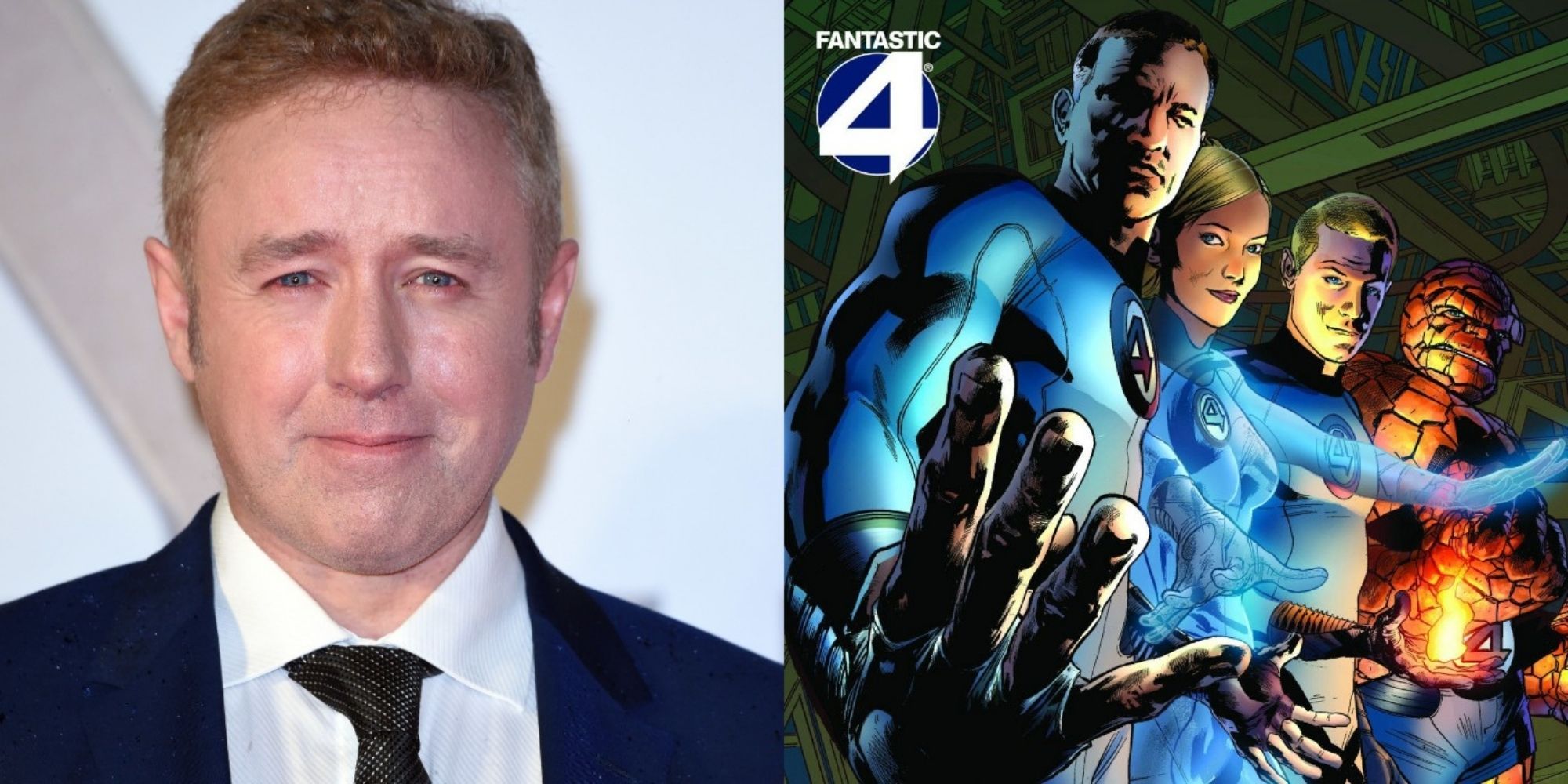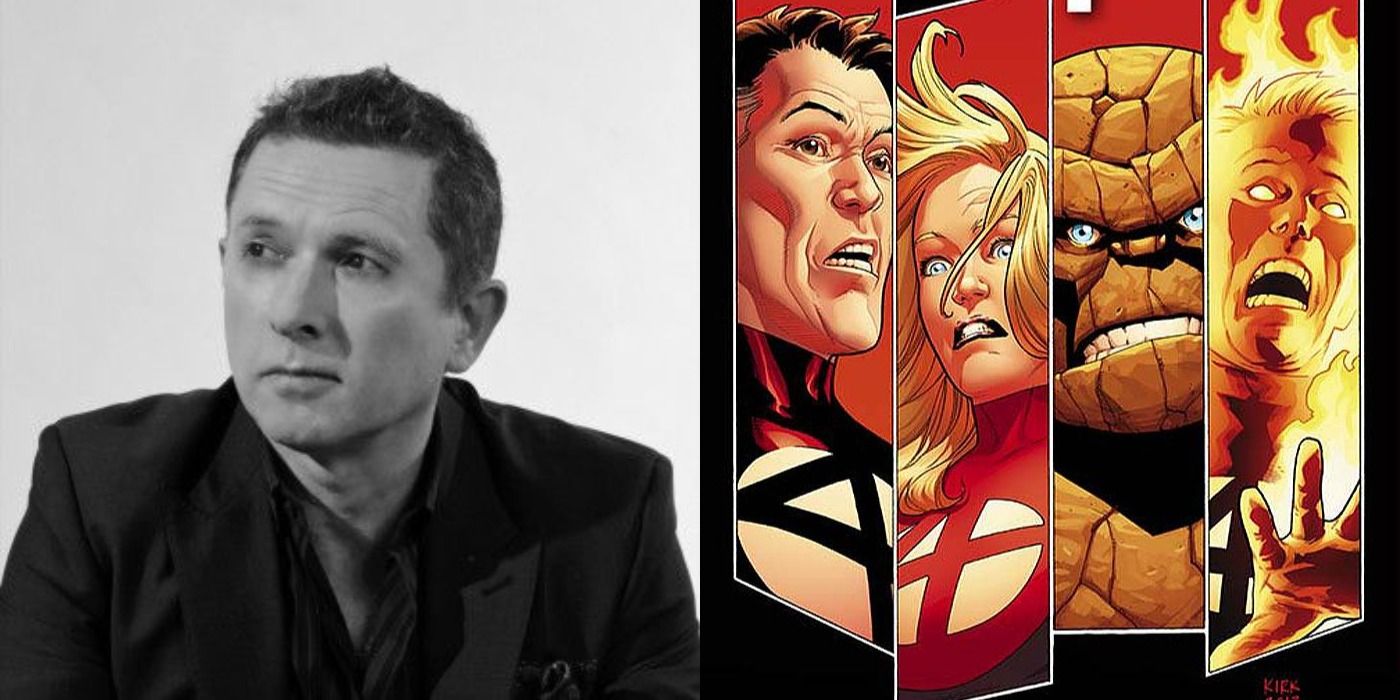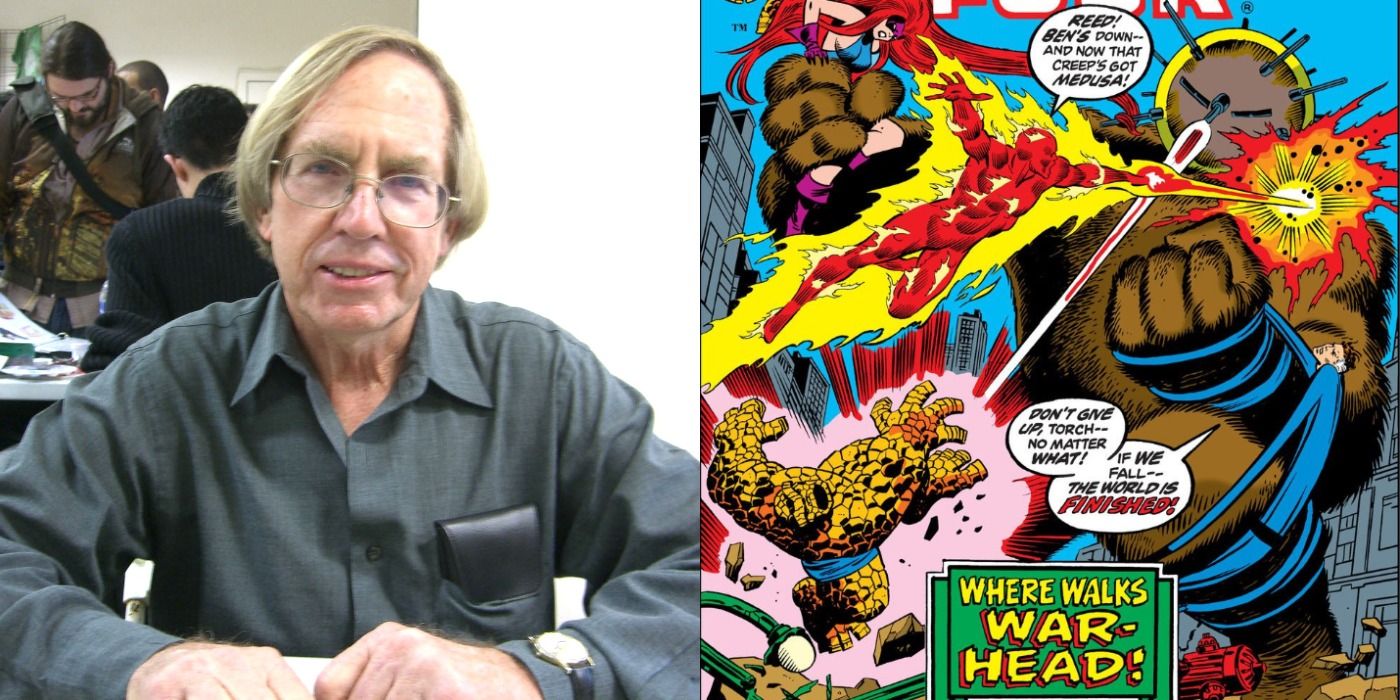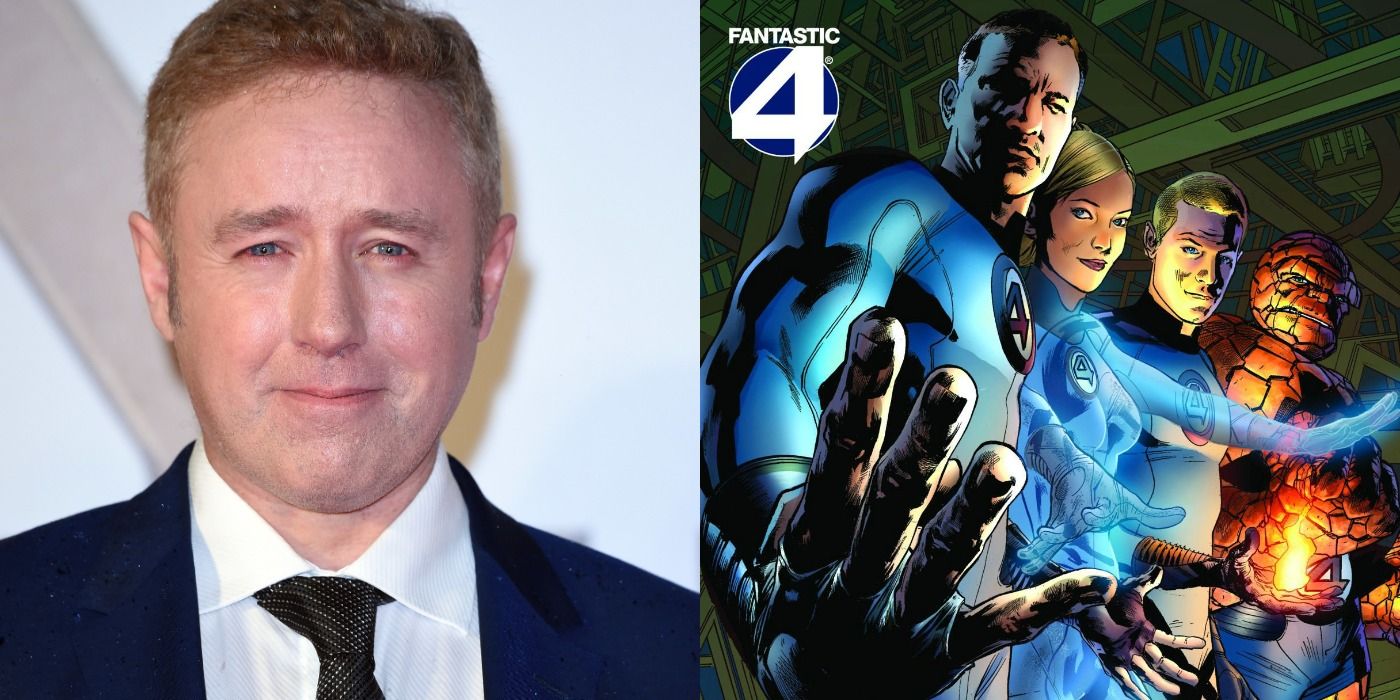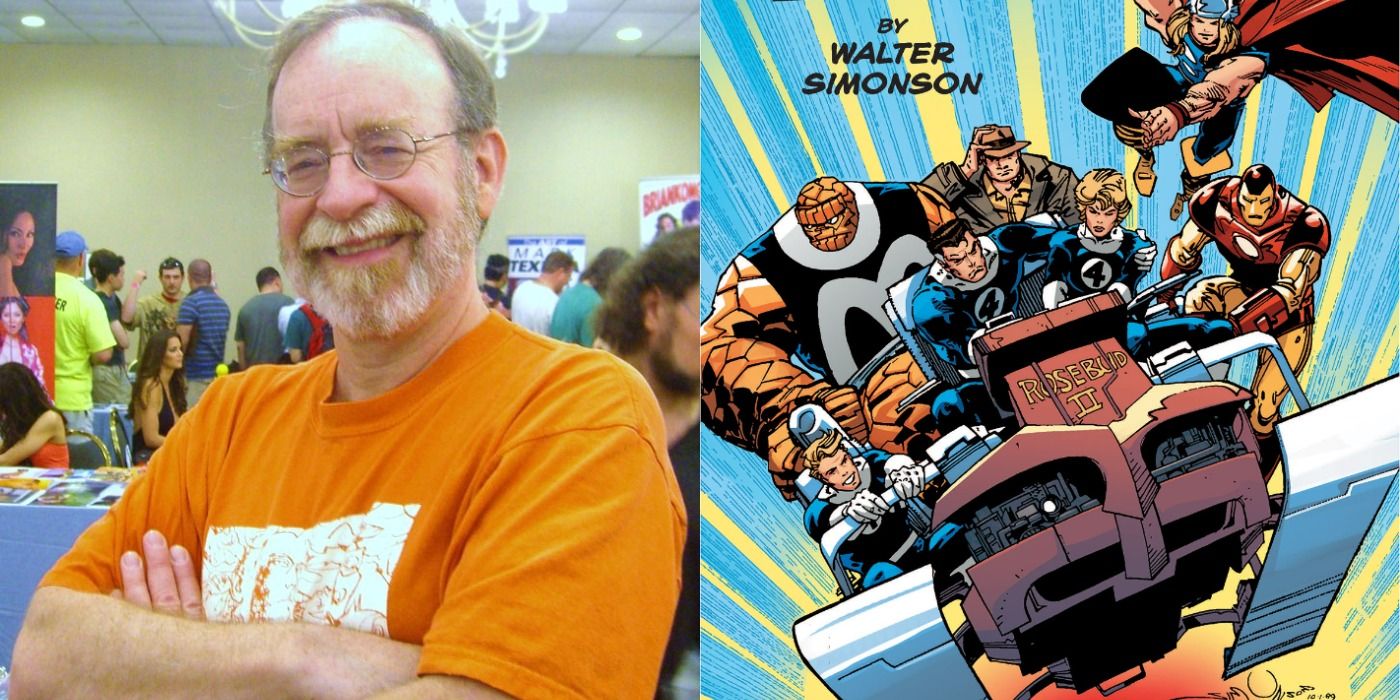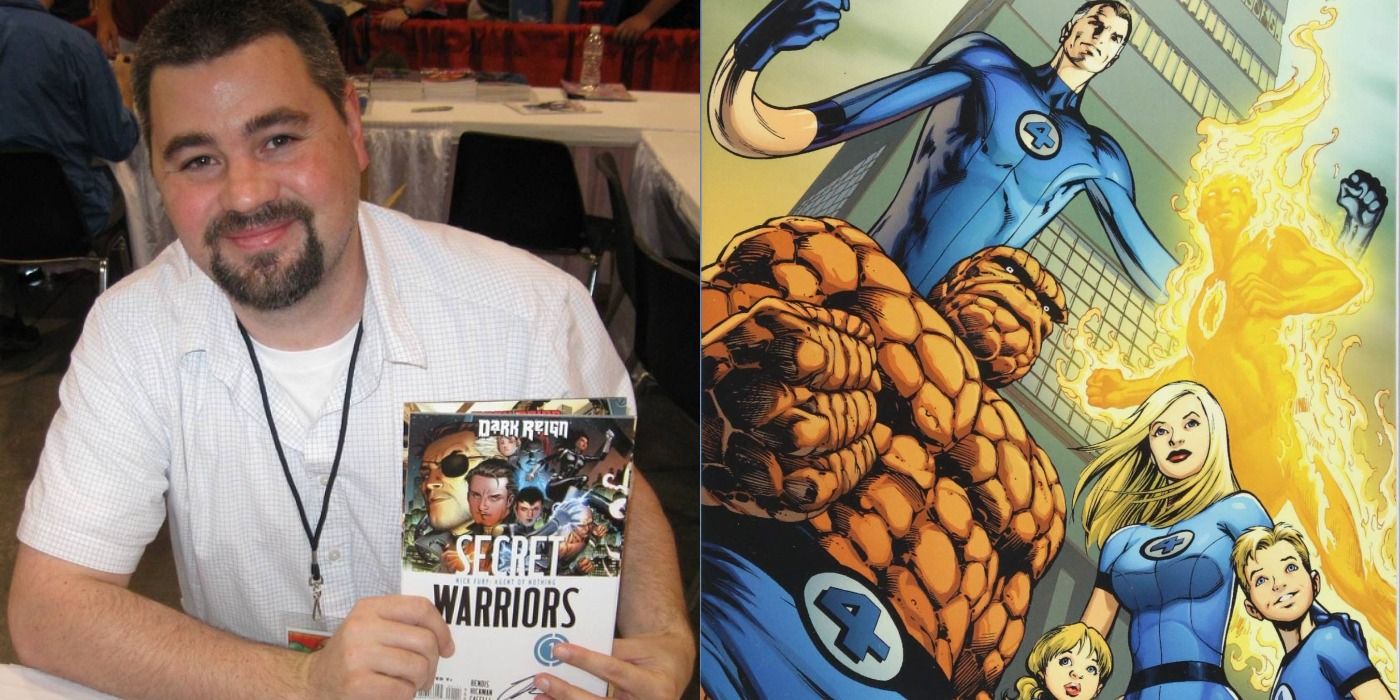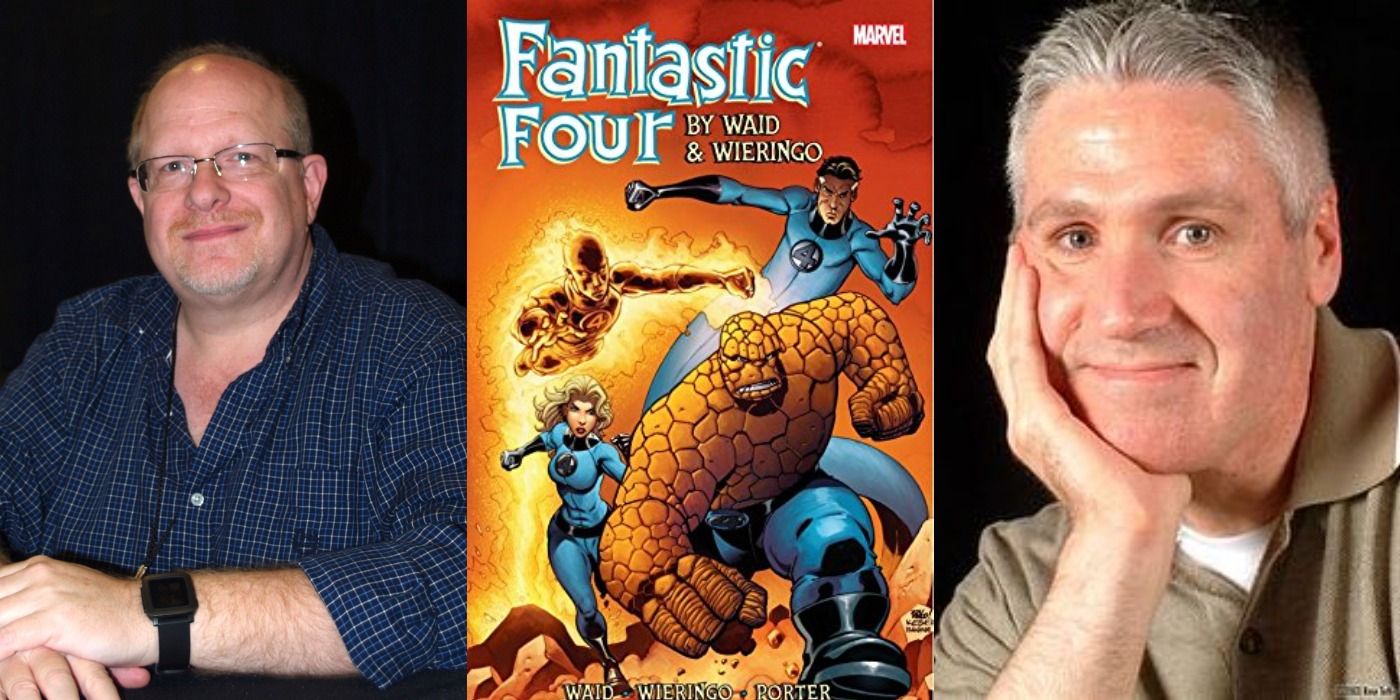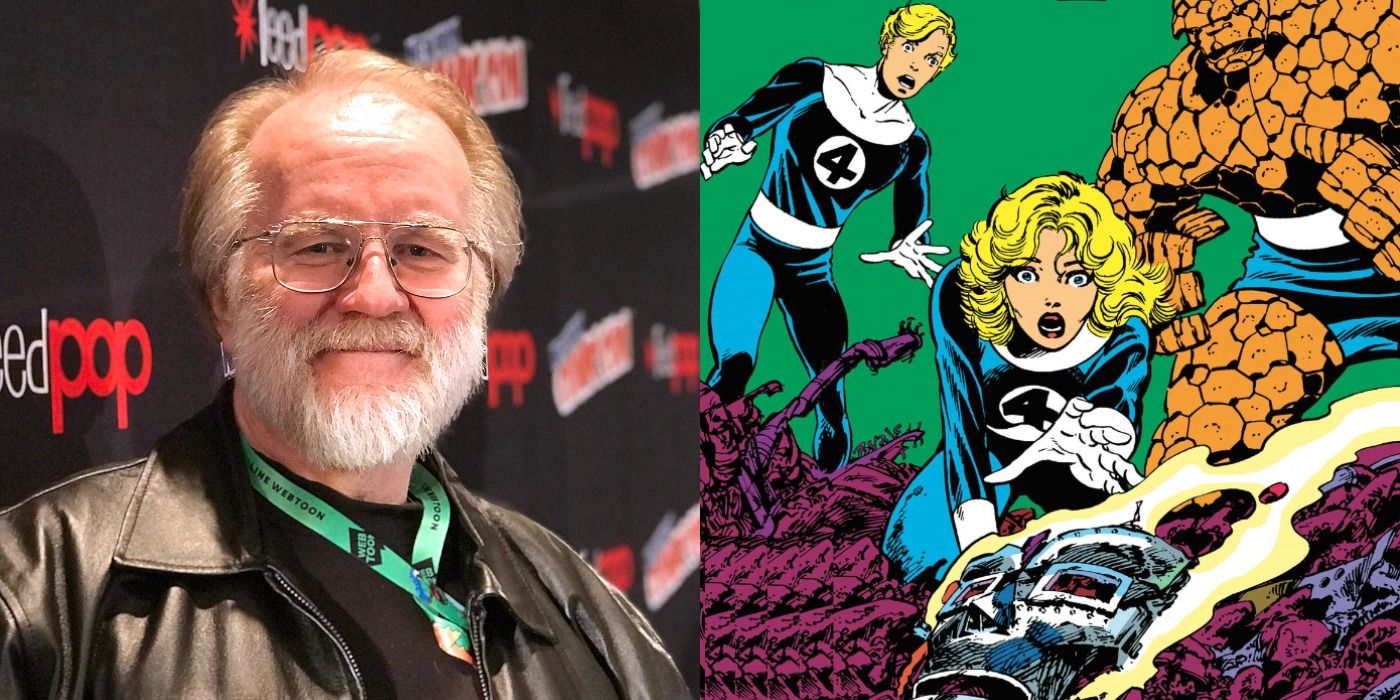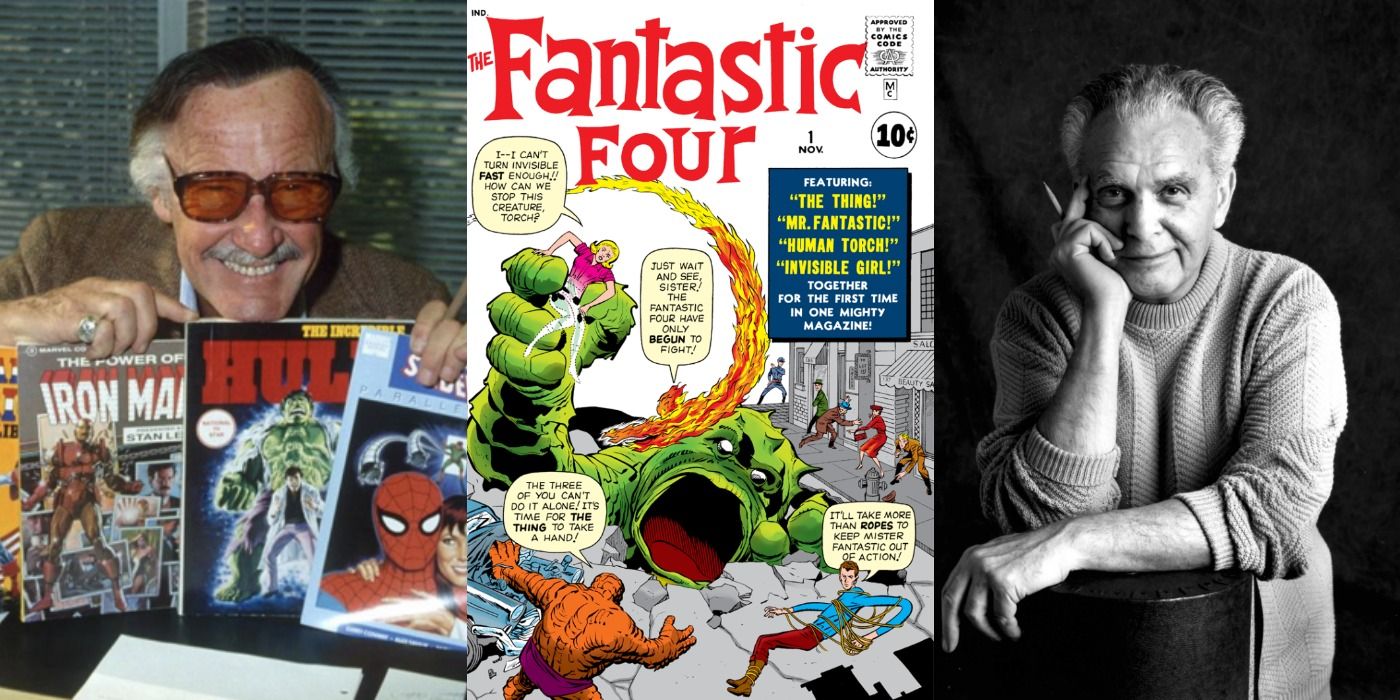The Fantastic Four is Marvel's flagship book, the one where the Marvel Universe started. Writing for the FF means carrying on the legacy started by Jack Kirby and Stan Lee in 1961, and successfully finding the middle ground of respecting what came before yet still making it fresh. It's a balancing act that can be intimidating, and many writers might hesitate to take it on.
Some of comics' best writers have been giving their chance to walk in the shoes of Jack and Stan, and several have managed to take Marvel's First Family and put their own stamp on them, bringing the 60+-year-old team to a new audience.
James Robinson
While Robinson's run was basically a 'caretaker' run, brought on the book leading up to a planned cancellation before the Secret Wars event, he still managed to breathe life into the book. After Johnathan Hickman's run, many thought everything that could be said about the Fantastic Four had been said, but Robinson's run was more emotional and introspective, the characters turning inward.
The main problem that hindered the run was having to build up to the starting point of Secret Wars, cutting things short and causing some back peddling to reach the launching point for the event. Still worth reading.
Roy Thomas
Taking over after Jack Kirby and then Stan Lee had left the book was never going to be easy, but Roy Thomas was able to do it. Thomas had big shoes to fill, and the reputation of his run has probably suffered coming right after Kirby/Lee, but Roy did more than just maintain what had gone before. Thomas has a rep for being a utility man, someone who keeps things going until someone else comes along, but during his run, the FF matured and grew.
Sue, tired of her role as "Mrs. Richards" left and was replaced by Medusa of the Inhumans, changing the group dynamic and injecting new life into the storyline. Thomas was able to take what had been left him and grow it while keeping what was the best of what had gone before.
Dwayne McDuffie
Dwayne McDuffie's run took place in the aftermath of Civil War, with Sue Richards wanting to take a break from the team to work on her and Reed's marriage. So, she and Reed step down from the day-to-day of the team and are replaced by Black Panther and Storm creating an alternate FF. McDuffie's task here is unenviable, that of having to clean up the after Civil War tore everything apart, and put the team back to where they need to be. Having Reed and Sue step down for some time together was smart and in character and T'Challa and Storm are a good choice to take the lead, less of a shakeup and more of a lateral move.
McDuffie brings back many of the FF's previous foes in a bid to return to the basics of the book and regrow the team. As with many of the good runs on this title, McDuffie remembers not only is this a team, the Fantastic Four are a family, with all that goes with being a family.
Mark Millar
Mark Millar made the smart decision not to try to re-invent the wheel and throw out history but to build on the legacy of the Four. After his stint on Ultimates Millar was known for huge and somewhat bombastic stories and characters, but here he tones that down, respecting the concepts created by Kirby and Lee. He works to bring the book back to its science fiction spanning the universe roots by reminding us Reed is a brilliant scientist and building off that. His FF brings in cosmic ideas, and human drama, mixing in action and some social commentary for an entertaining run on Marvel's First Family.
Walt Simonson
Walt Simonson's run on the Fantastic Four was all too brief, but one of the most memorable. After his epic, character-defining run on Thor, Simonson took on Marvel's First Family, bringing his unique art and design sensibilities that remade that book. Truly, the art and pure page design on this run are breathtaking.
Simonson's FF is an intergalactic team of adventurers and problem solvers. They are smart, capable people having incredible adventures. Once again, the best FF runs remember what has gone before and gets back to the basics of the team that Kirby and Lee created, and builds on that. The whole run feels like Simonson is having fun, playing with the art, the story, the characters, and the readers.
Johnathan Hickman
Jonathan Hickman will always be known to FF fans as the man who killed Johnny Storm. But there is so much more to his run than just the death of a beloved character. Hickman's run on the Fantastic Four was both epic and human, featuring high concepts and human characters who, besides being intergalactic explorers, are still a family.
Hickman's work involves large-scale science fiction ideas such as Reed Richards trying to solve the problems of the planet by scanning the entire multiverse to see how others solved them. He forms a council of Reed Richards' to try and help humanity. Because of course, that is what a brilliant scientist like Richards would do, throw more Reed Richards at a problem.
Mark Waid and Mike Wieringo
Mark Waid can be counted on for writing intelligent scripts featuring characters who are trying to be the best person they can be, with varying results. He's well known for taking a tired character or concept and giving it a new and fresh take. For Fantastic Four, he took a book that had gone stale and returned it to its core; four people who are explorers into the unknown. He did it with style, a sense of humor, an understanding of human interaction, and his trademark pathos.
Waid made the book fun again and did it by dusting off all the elements that had made the book great before and putting his own fresh spin on them. Mike Wieringo's art has a lot to do with the success of the run, instilling the characters with life, humanity, and a sense of humor.
John Byrne
John Byrne's run on the Fantastic Four could be used to teach how to do a superhero book; how to take a tired concept, change it but maintain the core dynamic, the 'appearance of change' while keeping everything the same. He replaced the Thing with She-Hulk, one big strong character for another big strong character. This changes things (different person) but keeps them the same (big strong character). It's a great tool for writing an ongoing series.
Byrne's run on FF would last six years, second only to the original Lee/Kirby '60s run, and nearly every bit as epic. Byrne was fresh off his X-Men run and brought his energy to the Fantastic Four, a book that had gone a bit flat over the past few years. He would bring new life into the book while exploring old characters and finding new ways of looking at them. He took the character and stories of the past runs and built on them, finding their core and bringing it forward.
Stan Lee and Jack Kirby
There would be no Fantastic Four without the work of Jack Kirby and Stan Lee. They both came up with the team, the characters (borrowing the Human Torch from the Golden Age), and grew them into an entire Marvel Universe. With Jack's creative drive and Stan's ear for dialogue and character interaction, they made the readers care about four misfits who stumbled into being superheroes.
While the Kirby/Lee run is justly celebrated for its epic scope, the humor and humanity are often overlooked. If it was just one huge concept after another readers would be overwhelmed, it was the small, human moments that made readers care. The feud between the Thing and Johnny, the torment of the Thing by the Yancy Streeters, the love between Reed and Sue, and the entire team for each other was the secret. Kirby and Lee created more than a team, they created a family.

